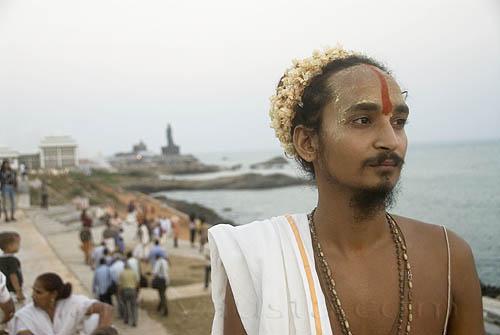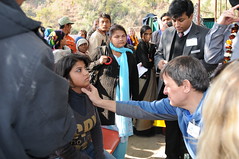In 2007, the ethical landscape surrounding medical male circumcision (MC) suddenly lurched and shifted when the World Health Organization and UNAIDS declared unequivocally that the `efficacy of male circumcision in reducing female to male transmission of HIV has been proven beyond reasonable doubt.The male foreskin has been shown to have a high number of cells that were targeted by the HIV virusResearchers have even found that MC reduces the risk of cervical cancer in current female partners . In spite of that growing list of medical benefits, the issue has hovered just below the radar screen until several large randomised controlled studies from Africa showed that circumcision offered a 60% to 70% protective effect against the heterosexual acquisition of HIV. The evidence was so compelling that three of the studies were stopped early, on the recommendation of Data Safety and Monitoring Boards
Interestingly, evidence that MC had medical benefits has been mounting for more than 20 years. Not only does the procedure reduce the risk of HIV infection, it also has been shown to prevent urinary tract infections, sexually transmitted diseases, and penile and prostate cancers.
The Government of India has been reluctant to approach an issue that promises to be controversial among conservative Hindus. MC is considered a marker of religious identity since Muslims routinely circumcise their male children, and Hindus do not. It has been suggested that at times, circumcision status may even have been used to identify people`s religious affiliation during communal riots. Popular wisdom holds that even the mention of MC in some communities will trigger sectarian violence. Predictably, some opponents have argued that the greater good of society must be protected by withholding information about MC from the population.
This is a joke, surely?
They wont tell the benefits of circumcision because they want to use it to identify Muslims?

Other proofs of advantages of circumcision
Removal of the foreskin of the penis (male circumcision, MC, C) is known to significantly reduce female-to-male HIV transmission through sex, which then decreases male-to-female transmission. Three recent randomized controlled studies from Africa have shown that circumcision offers a 60% to 70% protective effect against heterosexual acquisition of HIV. The protective effect of circumcision against HIV, known since the 1980s, has been confirmed by more than 30 studies before these three famous randomized controlled trials, which are the criterion standard of clinical research.


![Reblog this post [with Zemanta]](http://img.zemanta.com/reblog_a.png?x-id=438b76b8-e781-449a-a28e-3733a9f96476)

![Reblog this post [with Zemanta]](http://img.zemanta.com/reblog_e.png?x-id=c2c695f8-143f-4042-b02f-42ead7b94afb)

![Reblog this post [with Zemanta]](http://img.zemanta.com/reblog_a.png?x-id=646dc71d-788f-4695-9f07-e7221a30e0ab)
![Reblog this post [with Zemanta]](http://img.zemanta.com/reblog_a.png?x-id=e89afc19-7359-4b21-849b-48d6fe86ff44)

![Reblog this post [with Zemanta]](http://img.zemanta.com/reblog_a.png?x-id=3bad9a48-972d-469f-acbe-58710c5883e4)

![Reblog this post [with Zemanta]](http://img.zemanta.com/reblog_a.png?x-id=eb6230c2-0319-4046-9b87-c869252c47be)